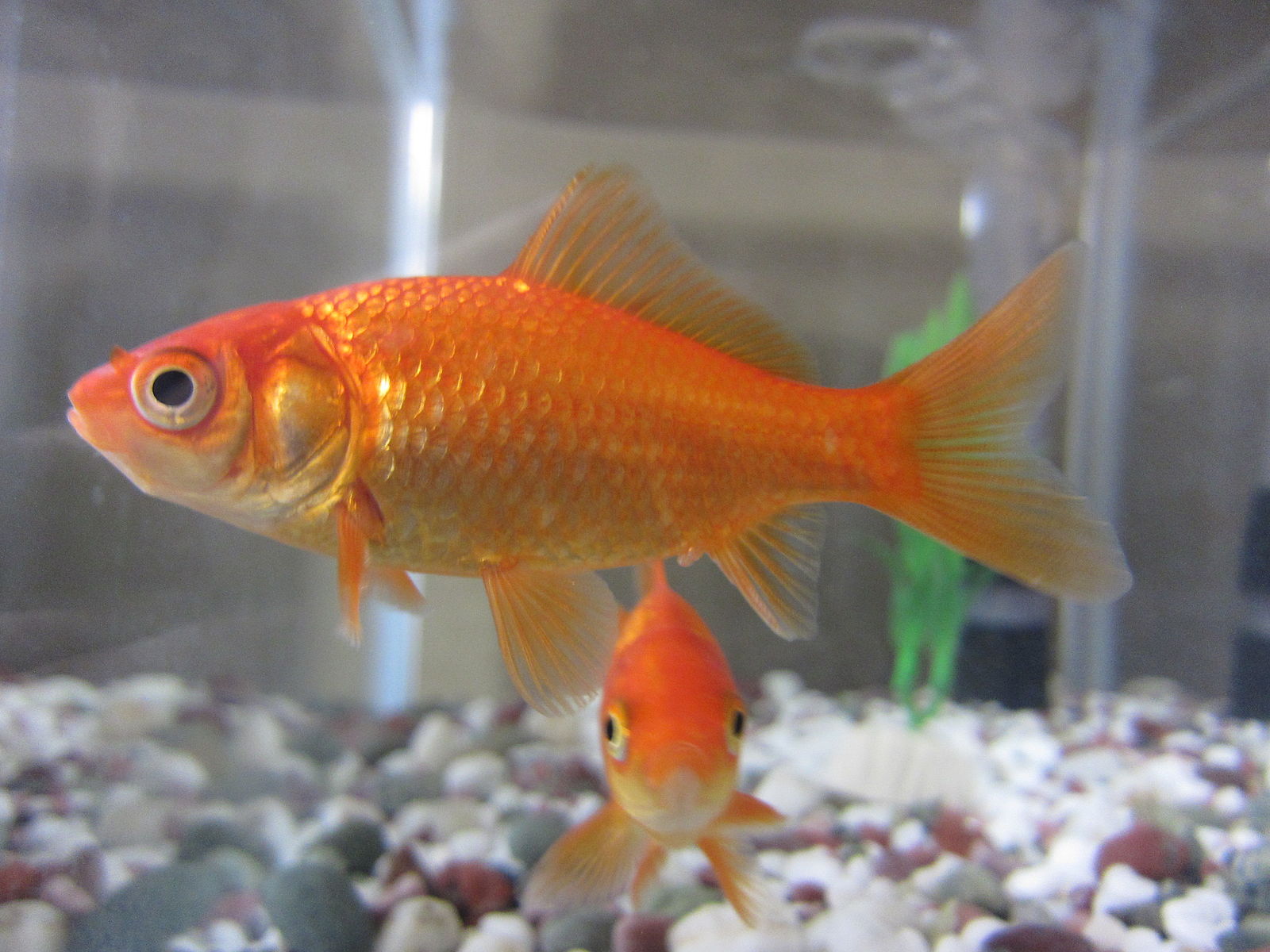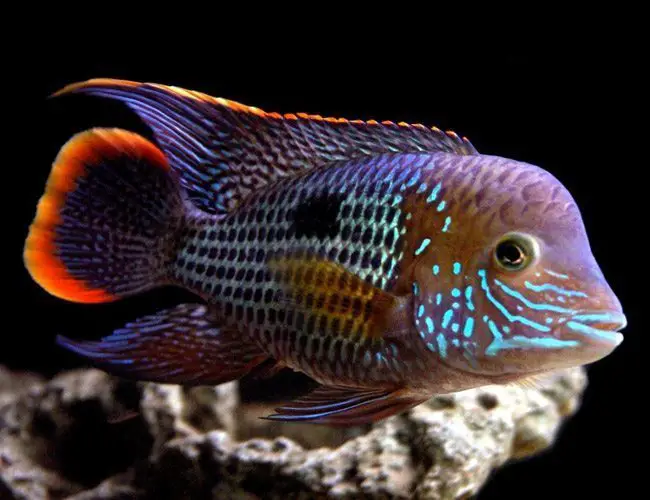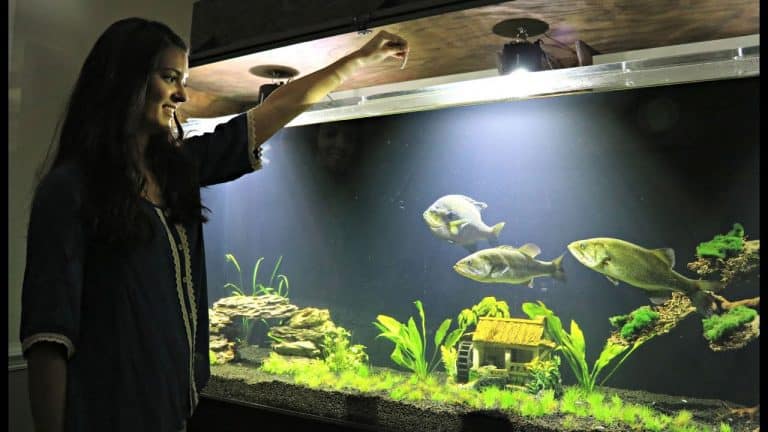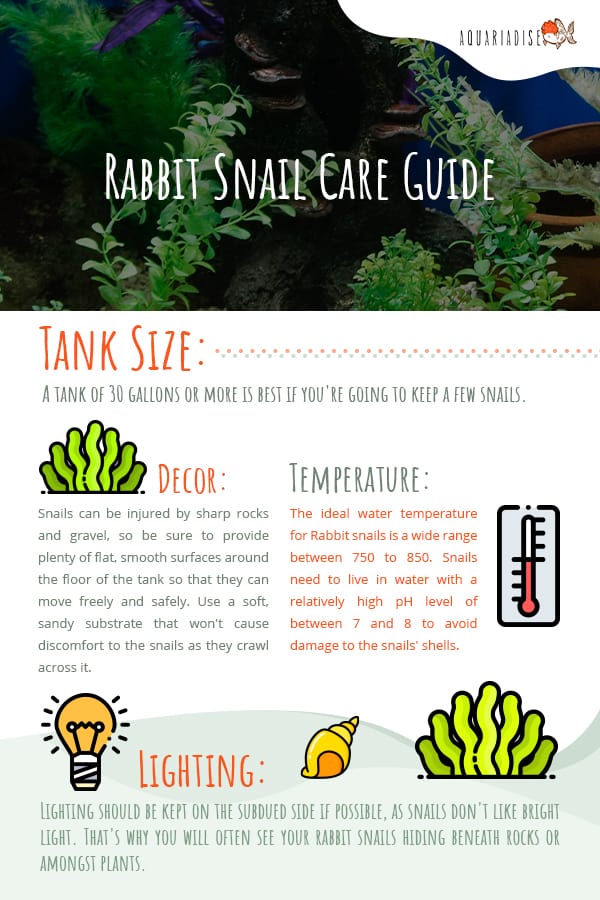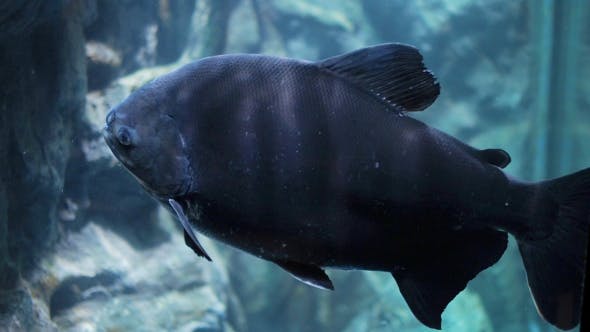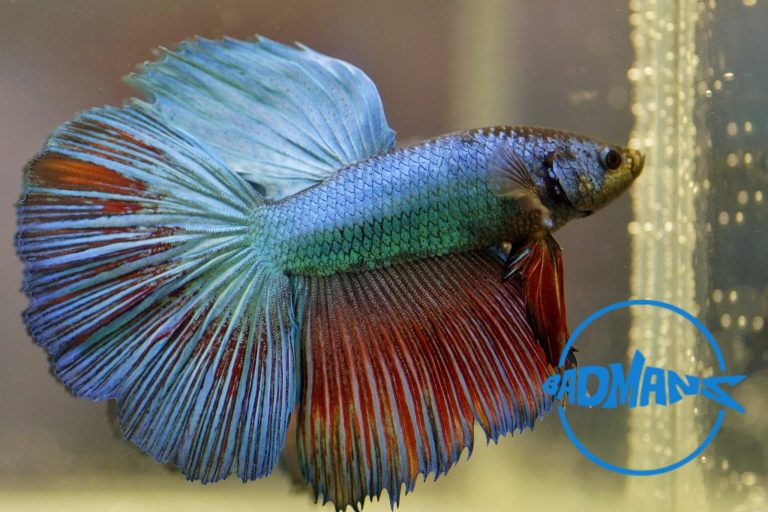Small Goldfish Types
Goldfish are a popular choice for aquarium owners due to their vibrant colors, playful nature, and relatively low maintenance requirements. When it comes to selecting a goldfish, there are various types available, each with its own unique characteristics and requirements. In this article, we will explore different small goldfish types, their distinct attributes, and how to care for them.
Fantail Goldfish
One of the most recognizable small goldfish types is the fantail goldfish. As the name suggests, the fantail goldfish is known for its elegant and flowing double tail. It has a round and chubby body shape, making it quite adorable to look at. This goldfish type comes in a wide range of colors, including red, orange, white, and calico.
Fantail goldfish require a spacious tank with plenty of swimming space. They are not suitable for small bowls as their tails can easily get damaged. It’s important to maintain good water quality and provide regular feedings to keep them healthy.

Ryukin Goldfish
Ryukin goldfish are another popular type known for their unique humpbacked body shape. They have a pointed head with a distinct arch behind the head, giving them a majestic appearance. Ryukins come in various colors, including red, white, black, and yellow.
These goldfish thrive in spacious tanks with a good filtration system to maintain water quality. The hump on their back may become more pronounced as they grow, so it’s important to provide them with a balanced diet and avoid overfeeding.
Telescope Goldfish
Telescope goldfish are easily recognizable by their bulging eyes that protrude from the sides of their head. These goldfish have a round and chubby body with long, flowing tails. They come in a variety of colors, including black, red, and orange.
Due to their protruding eyes, telescope goldfish can have limited vision and may require extra care to prevent injury. It’s important to provide them with a tank that has no sharp edges or decorations that could harm their eyes. Regular monitoring of their overall health is crucial to ensure their well-being.
Black Moor Goldfish
Black Moor goldfish are known for their distinctive coloration. As the name suggests, they have a deep black coloration all over their body, including their fins and tail. They have a round and chubby body shape, similar to fantail goldfish. These goldfish are quite hardy and adaptable, making them suitable for beginners.
It’s important to provide Black Moor goldfish with proper tank filtration as their dark coloration can make it difficult to spot potential water quality issues. Regular water changes and a balanced diet are necessary to keep them healthy and thriving.
Bubble Eye Goldfish
Bubble Eye goldfish are one of the most unique and visually striking goldfish types. They have large, fluid-filled sacs underneath their eyes, which resemble bubbles. These sacs can vary in size and must be handled with care to prevent injury.
Due to their delicate bubble sacs, Bubble Eye goldfish should be kept in a tank without sharp decorations or rough substrate. They also require regular monitoring to ensure the sacs remain intact and free from infection.
Common Care Tips for Small Goldfish
Now that we’ve explored some of the small goldfish types, let’s discuss some essential care tips that apply to most goldfish breeds:
1. Tank Size: Goldfish require ample swimming space, so it’s important to provide them with an adequately sized tank. A general rule of thumb is to have a minimum of 20 gallons for the first goldfish and an additional 10-20 gallons for each additional goldfish.
2. Filtration: Good water quality is crucial for the health of goldfish. Invest in a reliable filtration system that can handle the waste produced by the goldfish, keeping the water clean and free from toxins.
3. Water Parameters: Goldfish prefer cooler water temperatures compared to tropical fish. Maintain a temperature between 65-72°F (18-22°C) to ensure their well-being. Regularly test the water parameters for ammonia, nitrites, and nitrates to keep them in a safe range.
4. Feeding: Goldfish are omnivorous, and it’s important to provide them with a balanced diet. Feed them high-quality goldfish pellets or flakes, supplemented with frozen or live foods. Be cautious not to overfeed as it can lead to health issues.
5. Tank Decorations: Avoid sharp or small decorations that goldfish may swallow or injure themselves on. Opt for larger, smooth decorations that won’t harm them or damage their delicate fins.
Frequently Asked Questions
Q: Can I keep multiple goldfish together?
A: Yes, goldfish are social creatures and can live together. However, it’s important to provide them with enough space and ensure proper filtration to maintain water quality.
Q: How long do goldfish live?
A: Goldfish have the potential to live for many years if cared for properly. On average, they can live for 10-15 years, but some have been known to live for several decades.
Q: Can goldfish live in a bowl?
A: Goldfish should not be kept in small bowls as they require ample swimming space and proper filtration. A larger tank is necessary for their well-being.
Final Thoughts
Goldfish make excellent pets and come in various small types, each with its own unique characteristics. Whether you choose the elegant fantail, the majestic ryukin, or the fascinating telescope, always remember to provide them with a suitable environment, good water quality, and a balanced diet. With the right care and attention, your small goldfish can live a long and happy life in your aquarium.
